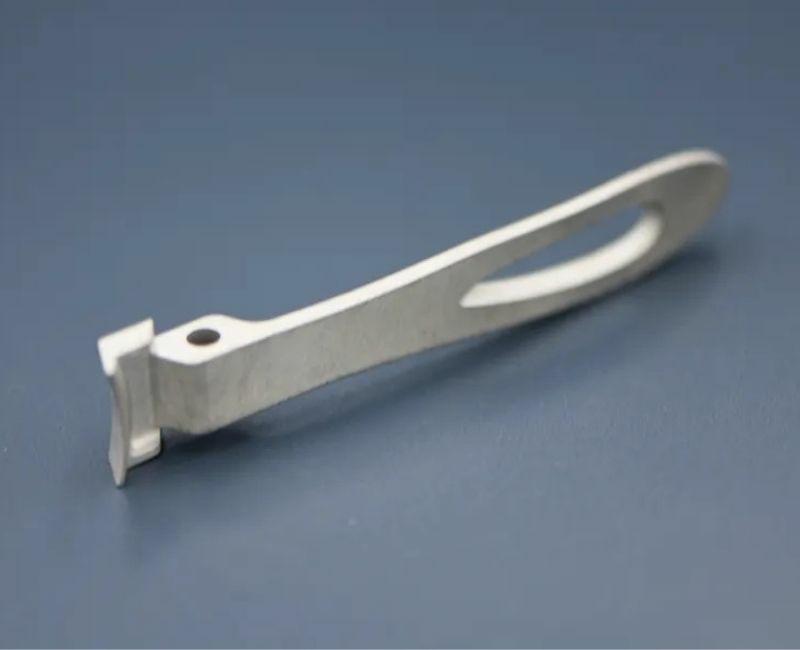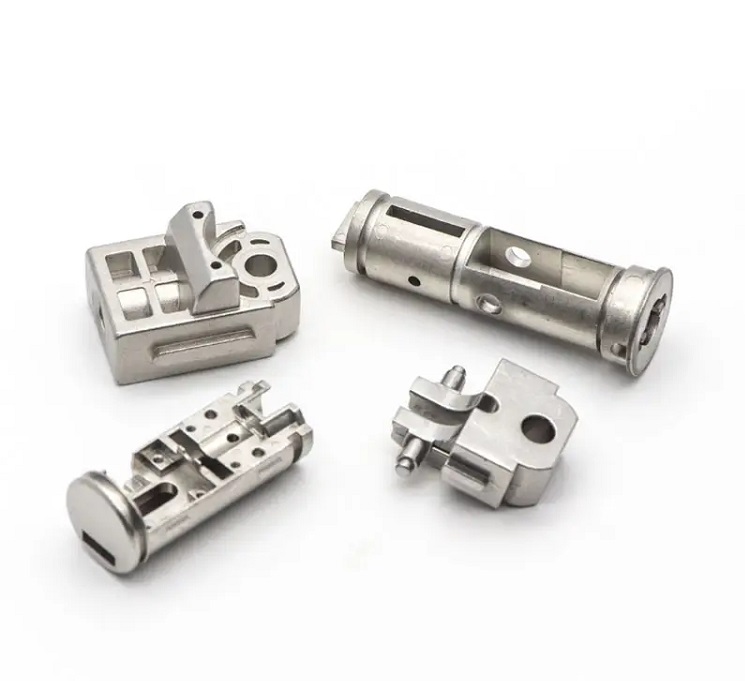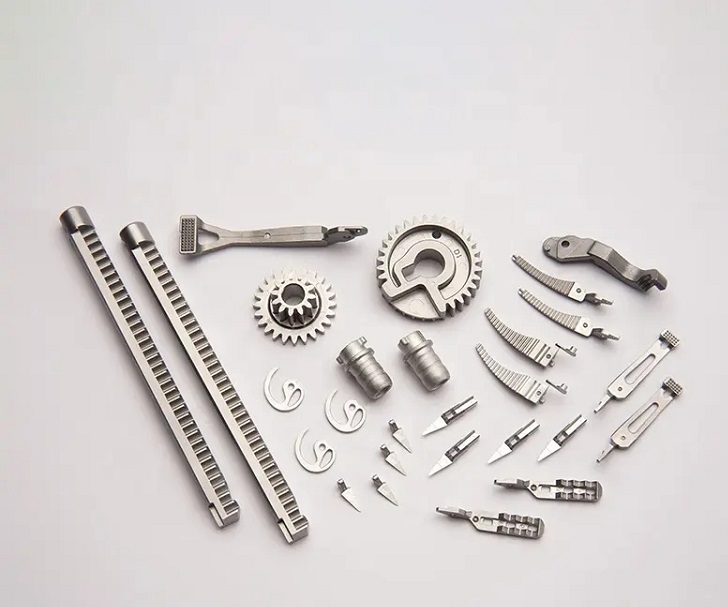Metal Injection Molding Process: Small Metal Parts Manufacturing and Polishing Techniques
With their wide-ranging uses in electronics, healthcare, aerospace, automotive, and numerous other industries, small metal parts are in high demand in today’s industrial sector. As a result, manufacturers are constantly looking for precise and effective production techniques to satisfy market demands. This article covers the complexities of making these components, as well as the vital role that polishing plays in obtaining their ultimate quality. It also explores how the Metal Injection Molding (MIM) technique becomes an appropriate alternative for manufacturing small metal parts.

Metal Injection Molding Process (MIM):
It is especially well-suited for the production of small metal parts since the Metal Injection Molding method combines elements of plastic injection molding and powder metallurgy. High precision and economy are two of its benefits. The following steps are a part of the production process for small metal parts:
- Powder Mixing: The process commences with the blending of metal powders with polymer binders, creating a paste-like feedstock suitable for injection molding.
- Injection Molding: This feedstock is then injected into meticulously designed molds to produce parts with the desired shape, even if they possess intricate geometric structures.
- Debinding and Binder Removal: After molding, the parts are removed from the molds and undergo a heat treatment process to eliminate the binders, resulting in the consolidation of metal powder particles.
- Sintering: Subsequently, the parts are subjected to high-temperature sintering to attain the required hardness and density.
- Polishing and Surface Treatment: Finally, the components are polished and treated to ensure their appearance and smoothness.

Small Metal Parts Manufacturing
The manufacturing of small high-precision metal parts requires meticulous planning and intricate processes. The following provides a more detailed outline of how precision metal parts are manufactured:
- Design: Designing the part’s shape and specifications ensures they meet the requirements of the application for which they are intended as the first step in the production process.
- Material Selection: It’s important to choose the right metal for the parts, taking into account the component’s use, the surrounding environment, and performance requirements.
- Process Selection: Selecting the right production method is essential, and metal injection molding is frequently a smart move, particularly for small parts with intricate geometries and high precision requirements.
- Mold Creation: For metal injection molding, molds have to be made precisely according to design requirements.
- Production and Quality Control: Post-manufacturing, quality control checks are conducted to ensure that the components meet the specifications and possess the required level of precision.
The Significance of Polishing Small Metal Parts:
Upon completion of manufacturing, small metal parts necessitate polishing and surface treatment to ensure their final quality. The critical aspects of the polishing process encompass:
- Enhanced Aesthetics: Polishing smooths off surface irregularities and defects, giving items a smoother, more visually appealing look.
- Functional Improvement: By removing burrs and sharp edges, polishing makes the parts safe to handle and lowers the possibility of other components being damaged.
- Friction Reduction: Polishing improves the parts’ overall performance by reducing surface roughness, which lowers friction with other components.
To summarise, the Metal Injection Molding process is a very precise and economical method of producing small metal components. The parts are guaranteed to satisfy the highest standards of performance and appearance through the use of polishing procedures. These processes and strategies, whether used in the automotive, healthcare, electronics, or other industries, advance the production of small metal parts.

Due to their adaptability, toughness, and use in a variety of goods and industries, small metal parts are widely used. The following are some typical uses for tiny metal parts:
- Electronics Industry: Small metal parts are vital components in electronic devices, including smartphones, laptops, circuit boards, connectors, and semiconductors.
- Medical Devices: These components are used in various medical devices such as surgical tools, implants, diagnostic equipment, and dental instruments.
- Automotive Industry: In the automotive sector, small metal parts find applications in engine components, sensors, connectors, and safety systems.
- Aerospace: They play a crucial role in aircraft, spacecraft, and satellites, used for fasteners, brackets, and critical structural elements.
- Construction: In the construction field, small metal parts are utilized in building structures, plumbing, electrical systems, and HVAC systems.
- Consumer Goods: Small metal parts have widespread applications in everyday consumer products like zippers, buttons, jewelry, and appliances.
- Machinery and Equipment: They are essential in industrial machinery and equipment, including gears, bearings, fasteners, and precision components.
- Telecommunications: Small metal parts are used in telecommunications equipment, including antennas, connectors, and switches.
- Energy Sector: They are deployed in power generation, transmission, and distribution, including wind turbines, solar panels, and electrical grids.
- Defense and Military: Small metal parts are utilized in weaponry, ammunition, vehicles, and communication systems for the defense industry.
- Automated Systems: In robotics and automation, small metal parts are used in joints, bearings, and gears to facilitate movement and precision.
- Jewelry and Fashion: They are used in jewelry making, including clasps, hooks, and decorative elements.
- Sporting Goods: Small metal parts are employed in the manufacturing of sports equipment, including bicycle components, fishing gear, and athletic apparel.
- Furniture: In furniture manufacturing, small metal parts are used in hinges, brackets, and decorative accents.
- Plumbing: Plumbing fixtures and components, such as faucets and pipe fittings, often incorporate small metal parts.
- Agriculture: Farm equipment and machinery use small metal parts for various purposes, including tillage and harvesting.
More Resources:


